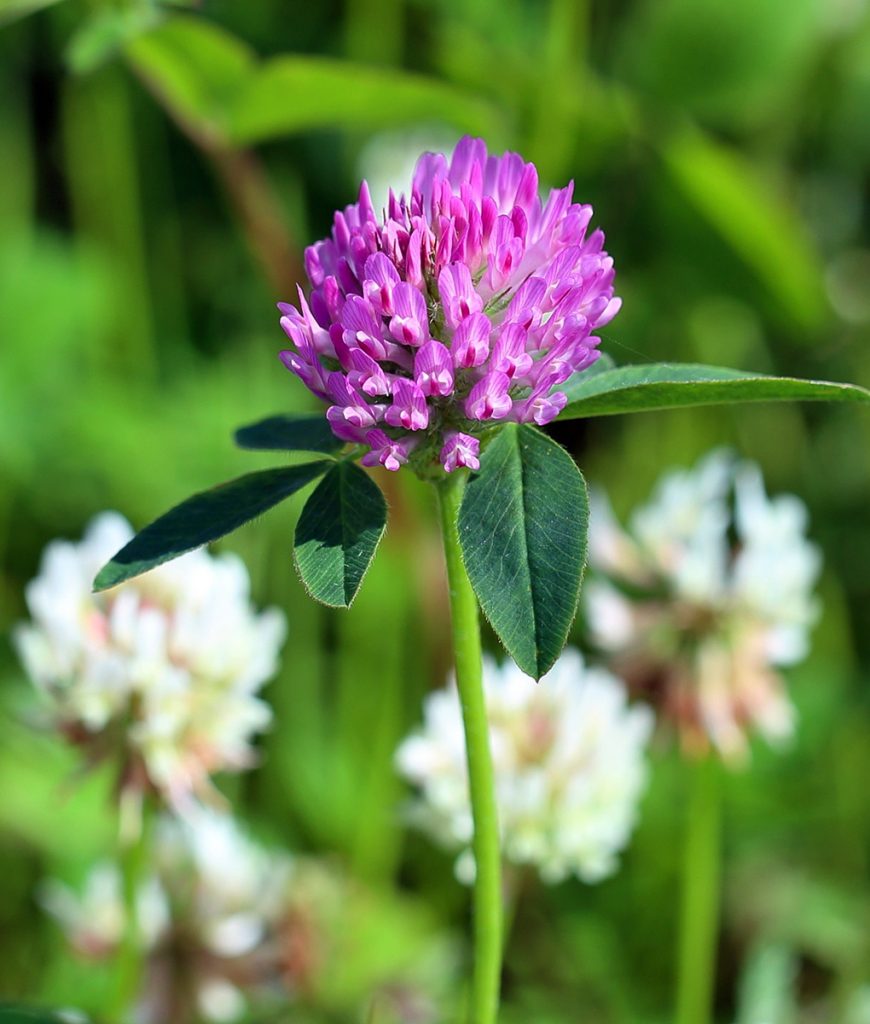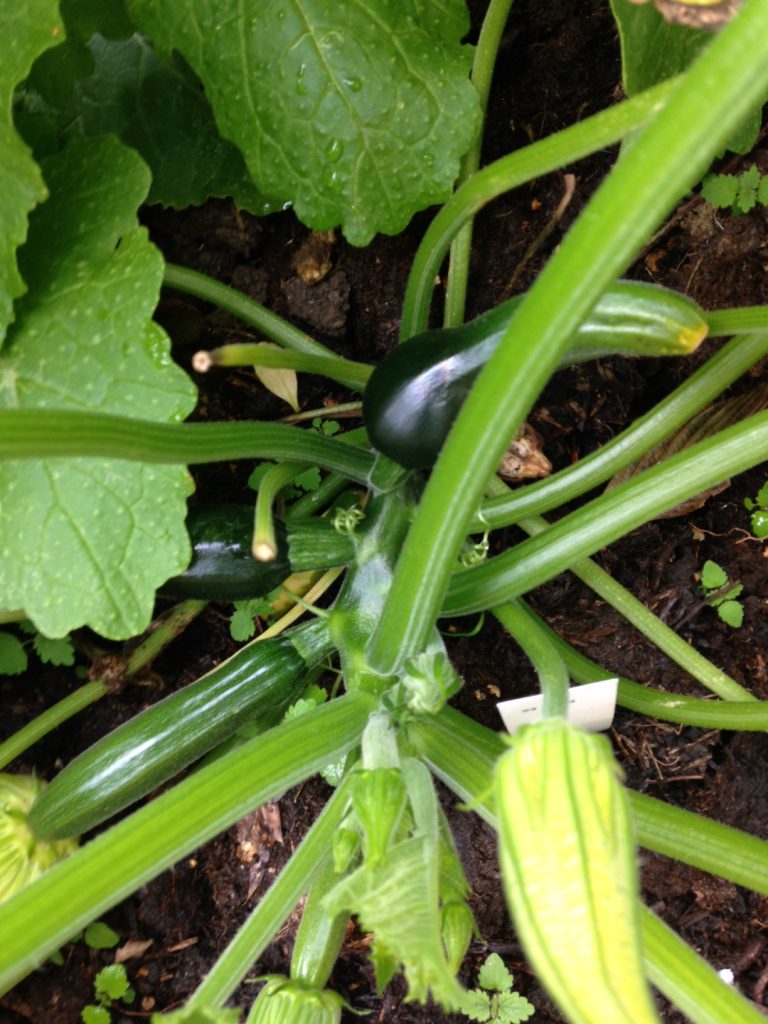To coincide with our Reeth community plot getting up and running, this is the first of a series of monthly blog posts covering what seasonal produce to plant, and how to maintain your vegetable garden through the year.
By sowing in August you can have vegetables ready to harvest through late Autumn, Winter and into Spring.
What to sow
Winter lettuce – kept under a cloche it can be ready to harvest by Christmas. Try ‘Winter Gem’ or ‘Arctic King’.
Spinach ‘Perpetual’ – can survive harsh frosts and rain.
Radish – sow winter varieties such as ‘China Rose’ and ‘Black Spanish’.
Corn salad, land cress and oriental salad leaves, such as mizuna, mustard and rocket – corn salad is best sown direct into the soil as it is slow to grow if transplanted from modules. Best protected with a cloche if the weather is wet.
Spring onions – cover with 2cm of soil when sowing. ‘Winter Lisbon’ has good winter hardiness and reliability.
Pak Choi – prone to bolting if grown before mid-summer.
Spring Cabbage – most reliable when transplanted from modules as the young plants need to be planted deeply to anchor the growing plants against the wind. Try ‘April’ and ‘Durham Early’.
Turnips – best sown directly into the soil and then begin thinning at the end of the month.
Chard – best covered with a cloche for a harvest during Winter.
Japanese onions – bred to cope with cold winters. Good varieties are ‘Senshyu’ and ‘Radar’.
Sowing green manure seeds in any empty spaces will protect the nutrients in the soil during Winter.

Jobs for August
Once finished fruiting, summer raspberry canes need to be cut right down to the ground.
Continue to feed tomato plants (see comfrey feed below which is particularly good for fruit development as it is high in potassium). Pinch out the side shoots of your cordon varieties. In order to make sure all the plant’s energy now goes into ripening your fruit pinch off the growing stem a few leaves above a truss. At the end of the month remove all yellowing leaves on outdoor varieties. Regular watering is essential at this time to prevent Blossom End Rot.
If your runner beans are up to the top of the canes pinch out the growing tips to encourage bushier growth lower down.
Comfrey feed is a free and organic way of providing your vegetables with a nutrient-rich plant food. It contains all the important elements, nitrogen for green leafy growth, and phosphorus for healthy root and shoot growth and potassium for flowering, fruiting and general hardiness.
Remove flowers and tough stems, then break up the leaves and pack them into a container. If possible, choose a container with a lid, as the solution smells rather as the leaves break down. Use a stone to weigh down the leaves. Collect and store the brown liquid in a plastic bottle and keep in a cool, dark place. Water with approximately one part comfrey to 10 parts water – the darker it is, the more you’ll need to dilute it.
- The hairy leaves can irritate so wear gloves.
- Nettles are a good alternative to comfrey.

The community garden in Reeth
The herbs are growing well and are succulent for picking. Mint makes a marvellous refreshing tea. The cut-and-come again lettuce is at its best right now. Radishes and newly-sown rocket are growing quickly and will be ready this month. Courgettes are almost up to size and the turnips will be ready in a few weeks so keep an eye on them. There is still plenty of room for August sowings.
It would be good for our plants if we could get set up to make our own comfrey or nettle food. If anyone has a spare bucket or container with a lid to get us started that would be great.

